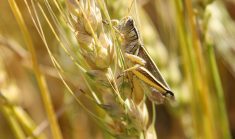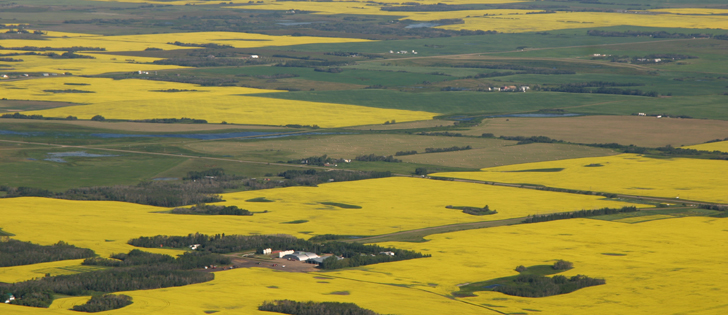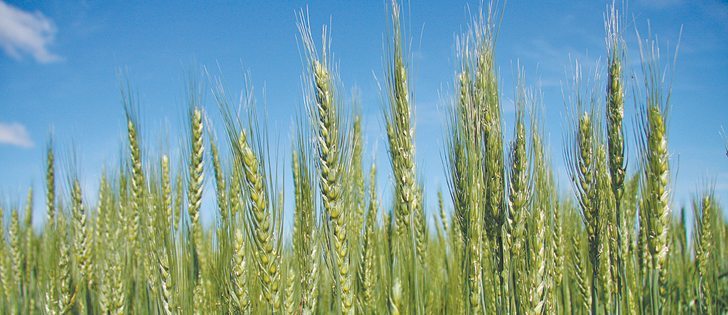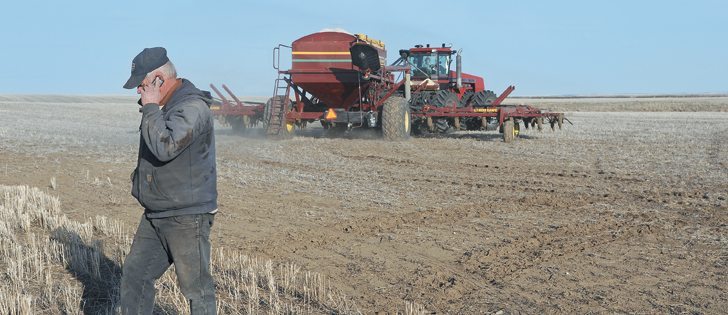GEORGETOWN, Ont. — The northwest migration of North America’s leading grain and oilseed crops will continue unabated, according to a top seed company.
“There’s a huge opportunity for corn and soybeans in Western Canada that we’re really extremely well positioned to exploit,” said DuPont Pioneer president Ian Grant.
Breeding advancements have allowed corn and soybean production to spill out of the U.S. corn belt, displacing cereal grain in non-traditional growing regions such as Minnesota, South Dakota, North Dakota and southern Manitoba.
DuPont Pioneer is banking on a continuation of that migration, with acreage expanding across Manitoba and into Saskatchewan.
Read Also

Farmers asked to keep an eye out for space junk
Farmers and landowners east of Saskatoon are asked to watch for possible debris in their fields after the re-entry of a satellite in late September.
“We’re the only player in corn research and breeding in Western Canada, and we see increasing our investment in research and development in corn and in soybeans for the West,” Grant told journalists touring the company’s Georgetown Research Centre.
DuPont Pioneer recently created a western business unit headquartered in Saskatoon to help serve canola customers and what it hopes will be new corn and soybean customers.
“This is really the business unit that we’re relying on to drive substantial growth going forward,” he said.
Manitoba farmers planted about 300,000 acres of corn and 875,000 acres of soybeans this year.
Ten years ago they grew 150,000 acres of each crop.
Grant believes both crops will soon be grown in large volumes in Saskatchewan.
Corn has the biggest potential once breeders overcome certain constraints.
“To get significant expansion you need to get corn a little earlier than the earliest corn is today and you need to get a little bit of frost and cold tolerance built into the crop,” he said.
DuPont Pioneer has lines that take 71 days to mature. Breeders need to get that number down to 68 days to make serious inroads in Saskatchewan.
“If you can achieve that, we believe there can be millions of acres,” said Grant.
It’s a similar story for soybeans. The company’s breeder in Carman, Man., is developing soybeans with double zero and triple zero maturity ratings suitable for the Canadian Prairies without sacrificing too much yield.
Grant believes the company will have suitable lines of corn hybrids within the next five to eight years that will take a big bite out of the 35 million acres of cereal grains grown on the Prairies.
“If you only displace 10 percent of that, you have as much corn in Western Canada as you have in all of Canada today,” he said.
That is a conservative estimate because it would be a “no brainer” for a farmer to take wheat and barley out of the rotation in favour of a corn crop that yields 100 bushels per acre, he said.
“Who knows what the right number will end up being, but I would say in 20 years time there will be a lot of corn grown in Western Canada,” said Grant.
Soybeans are more popular in Manitoba because growers don’t have to invest in new drills and headers to grow the crop.
Grant said new soybean lines will be on the market at about the same time as earlier maturing corn varieties.


















